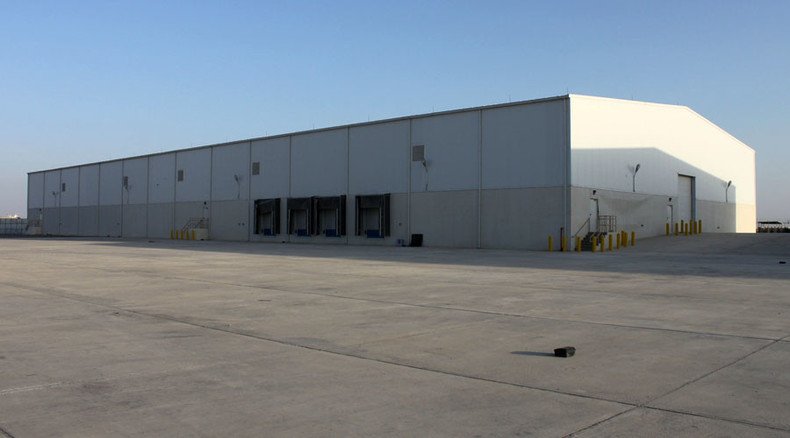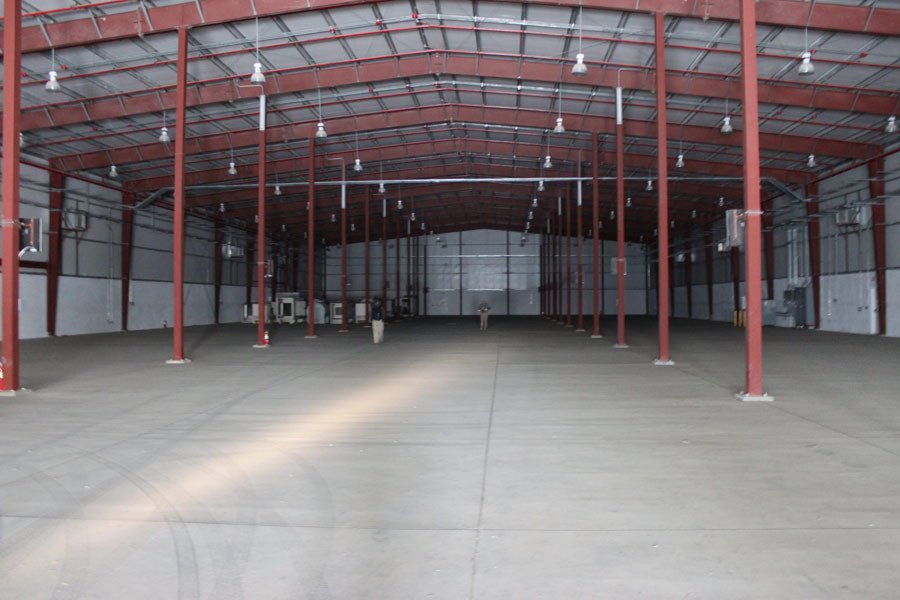Pentagon wasted $15mn on Afghan warehouse it never used

The US has invested $14.7mn in a warehouse facility in Afghanistan that now lies deserted since the Pentagon decided to wrap-up its mission but continued wasting US taxpayers money until the overdue construction was completed, a new audit report reveals.
According to the Special Inspector General for Afghanistan Reconstruction (SIGAR) report, the Pentagon’s Defense Logistics Agency (DLA) finally accepted the multi-million warehouse facility into service, six months after the decision was made to end DLA’s mission in Kandahar. The 173,428 square foot climate-controlled distribution center was finished so late that it never fulfilled its intended use.
Now SIGAR is urging the Pentagon to figure out “who made the decision” to allow more spending on the warehouses after it became obvious the mission was wrapping-up.

In 2009, in order to support its troops, the US army started constructing a logistics facility at Kandahar Airfield (KAF) , and by 2010 the US Army Corps of Engineers (USACE) outsourced a $13.5 million contract to two Turkish companies which had to finish construction by August 2011. That contract was eventually terminated, after increased delays in completion of the project.
By May 2013, the Pentagon awarded another $844,526 contract to a US-based firm, requiring Arkel International LLC to finish building the distribution center within four months. That contract was extended and modified seven times costing the taxpayers an additional $400,000.
The inspection noted that prolonged construction delays and cost increase continued to rise even after the US Army, the USACE, and DLA knew the facility was no longer needed. At the end, the facility was built two years past deadline and $1.2 million over budget.

“Although the $14.7 million DLA warehouse facility was well built, lengthy construction delays led to the facility never being used for its intended purpose,” SIGAR said. “Had the facility been completed on schedule, DLA would have been able to use the warehouse facility for more than 2 years before its mission ended in Kandahar.”
The probe notes that Pentagon did not take action to prevent more than $400,000 in cost increases after the decision was made that DLA would not be using the facility, arguing that the funds were just wasted.
READ MORE: Govt watchdog doubts $400 million USAID program for Afghan women is working
“Although DLA may have had the need for such systems, other inspections we conducted indicate that the Afghans normally do not have the funds or technical capacity to operate and maintain them. Consequently, the funds obligated by the contract modifications that followed DLA’s decision to withdraw from KAF are likely to have been wasted,” the report concludes.
In response to the SIGAR report, an auditor at US Forces-Afghanistan wrote that the document had been reviewed, “and we have no comment,” NPR notes.
“DLA did not provide a formal written response, but it did provide technical comments,” the SIGAR report says.
Speaking after the release of the probe, Special Inspector General for Afghanistan Reconstruction John F. Sopko, told an internet audience via a Google+ meeting, that despite widespread corruption within the Afghan government, and the posed difficulty for US government, funding reconstruction and development in the country must continue.
“One thing I can say for sure and I can guarantee you this is that if we cut off aid to Afghanistan, the Afghanistan will fall,” Sopko said. “When Congress created us in 2008, it was because of the immense and unique amounts of money spend on reconstruction in Afghanistan. More money was spent on reconstruction in Afghanistan that was spent on the Marshal Plan – basically the largest reconstruction project that our government has overtaken.”
READ MORE: Pentagon slammed for building $36mn ‘white elephant’ facility in Afghanistan
Earlier reports that came out in 2013, released by SIGAR, and revealed a $34 million waste of the US taxpayers’ money in Afghanistan, in the form of a military command center, as well as a waste of more than $770 million on aircraft for Afghanistan that its military can't use.












